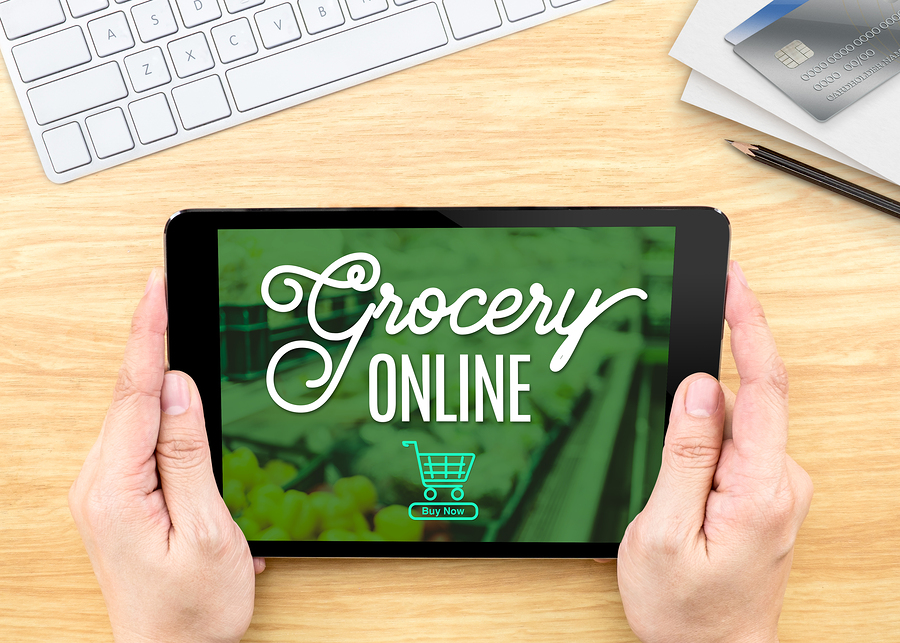
Wine and Food – a marketing power couple
September 14th, 2017 Posted by Emergent brand marketing, consumer behavior, Culinary inspiration, Food and wine, food experiences, storytelling 0 comments on “Wine and Food – a marketing power couple”Consumer-centric strategy wins every time…
Wine is a unique business characterized by literally thousands of competing brands all packaged and presented similarly. Where marketing is often built around vineyard and winemaker stories, sprinkled with a dose of influencer reviews from a narrow cadre of respected bloggers, writers and wine-centric publishers. Unlike the beer world where some larger brands can afford to spend heavily on consumer pull, for the most part, wine is a trade push story built around trial in on-premise channels while courting volume sales in the off-premise (liquor stores, supermarkets and specialty).
Brand awareness and equity is just a completely different conversation in the wine category. Here, consumer reviews and experience are likely to be crucial to fueling word-of-mouth. In the super-premium end of the category, mainstream marketing tactics can often hurt more than help by diluting the perception of “discovery,” uniqueness and artistry.
That said the wine business is also rich in storytelling material around terroir, viticulture and oenology. Yet despite the differences in such distinctions as soil condition, microclimates and the styles of winemaking, a pervasive “sameness” exists in the presentation of brands at retail.
In the end, wine leans into a very self-reverential form of communication. We have a saying here at Emergent: the brand that gets closest to the consumer wins. If you work backwards from that premise with wine, it doesn’t take long to see the storytelling value of drawing upon consumer experience and context with these brands.
Most often, that setting is about the marriage of wine and food.
Early in my agency career, I had the honor and privilege of representing Chateau Ste. Michelle winery at the time, a boutique vintner of premium wines in what was an emerging industry in Washington State.
Baptism by wine…
For a home chef like me, working with Chateau Ste. Michelle winery was a dream assignment – an opportunity for an immersive education about wine making from the masters of this unique artisanal industry. Initially, our focus was on telling the Washington Wine Story. The wine-growing region of Washington State roughly parallels the latitude of the winemaking areas in Bordeaux, France – so we worked to draw similarities in climate and soil conditions that would favor the creation of exceptional wines, especially their Cabernet Sauvignon.
It was a form of flag wave in a business preoccupied with Napa Valley notoriety.
Then something extraordinary happened that provided a real-world lesson in consumer relevance driving business outcomes.
Ste. Michelle’s owner, the U.S. Tobacco Company, decided to grace its small winery operation with a unique and unexpected parent-company “gift.” Ste. Michelle was to become one of nine title sponsors of the Statue of Liberty Restoration, an enormous public/private partnership enlisting some of the world’s largest corporations as primary contributors.
The question came in from the management team at Ste. Michelle, what are we to do with the Statue of Liberty Restoration sponsorship among all of these Fortune 100 companies? These are organizations with deep pockets to spend leveraging the connection! How would this be made viable for the wine business? Was there any path that would net a benefit to the winery and come at an affordable cost?
The outcome of a considerable team planning effort was a unique and innovative idea to produce a cookbook based on the immigrant experience and the cuisines they brought to this country from other lands. Wine and food is already married. A culinary approach would be consistent with the brand’s imagery and resonate with the consumer’s experience.
We started to build on the concept – the cookbook could be made available free for a donation to the Statue of Liberty fund. It could be purposed as a store level promotional incentive for wine buyers to take the brand, along with displays promoting the book offer. We could use the book launch as an innovative platform for media outreach.
Chateau Ste. Michelle – “Tastes of Liberty”
To this day, I am still struck by the courage and tenacity of Ste. Michelle’s management team led by then president Allen Shoup and chief winemaker, Bob Betz. The cookbook was to be done first-class in keeping with Ste. Michelle’s premium image – so a commitment was made to coffee table quality. The risks were palpable given the book would be offered free for a $25 donation to the Restoration Fund.
“Tastes of Liberty” literally swam in gorgeous, emotion-generating food photography and began with a very human anthology of the immigrant experience at Ellis Island. While wine pairings were present, every effort was made to assure the book would not be just a brand advertisement. It was to be editorial and faithful to culinary inspiration from cover to cover.
Wine buyers loved the unique idea and execution. They were astounded at the value of the ‘free-with-donation’ offer. Equally so, editorial media were awestruck at the quality of the recipes and the way it was presented. One magazine did a six-page, center-spread story on it. It was a successful venture in many ways and the risks Ste. Michelle took were amply rewarded as the brand secured national distribution.
While a case study example of integrated execution, the light bulb moment here is wine and food’s relevance to people and to their experience with the product. Culinary wasn’t in the background, it was a primary agenda with great care taken to assure the taste experiences matched well with characteristics of each varietal.
Yet today, so many wine brands only nod to food with a recipe tab at their web site. Going deep into culinary unleashes the magic of what happens when consumer experience and brand are aligned.
Yes you can (and should) talk about your soil, your French oak barreling, but taste done within the marriage of wine and food elevates this experience to the dinner table. And to a place consumers respect and recognize emotionally.
In the end, “Tastes of Liberty” was a storybook effort by a team of collaborating players on both agency and client sides. And evidence, once again, of what can happen when imagination, consumer insight and strategy coalesce.
Looking for more food for thought? Subscribe to our blog.
Bob Wheatley is the CEO of Chicago-based Emergent, the healthy living agency. Emergent provides integrated brand strategy, communications and insight solutions to national food, beverage, home and lifestyle companies. Emergent’s unique and proprietary transformation and growth focus helps organizations navigate, engage and leverage consumers’ desire for higher quality, healthier product or service experiences that mirror their desire for higher quality lifestyles. For more information, contact [email protected] and follow on Twitter @BobWheatley.




